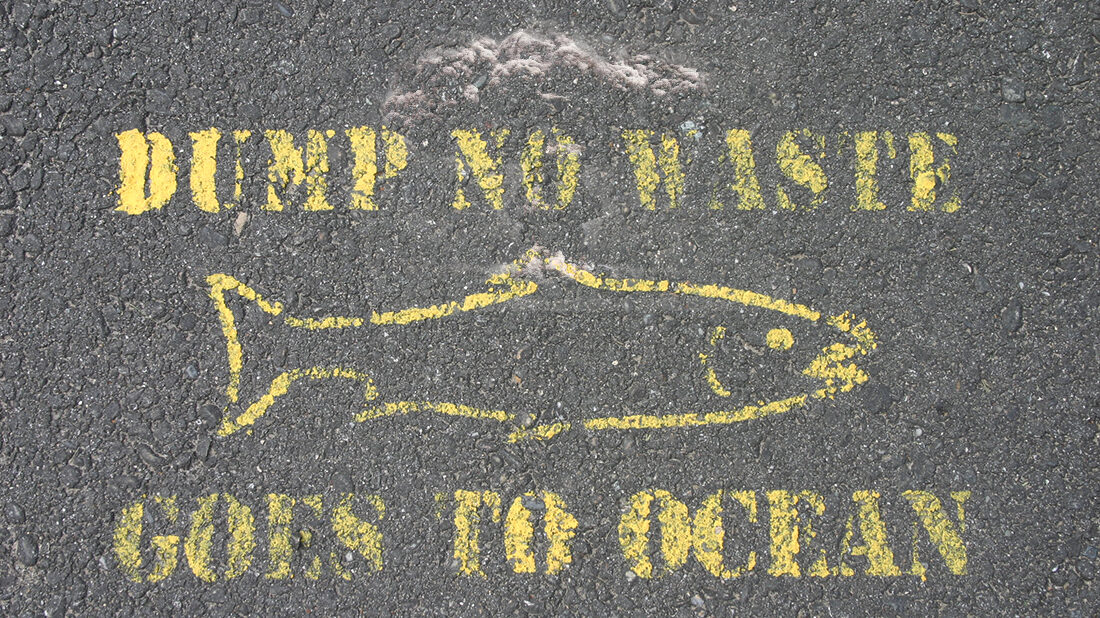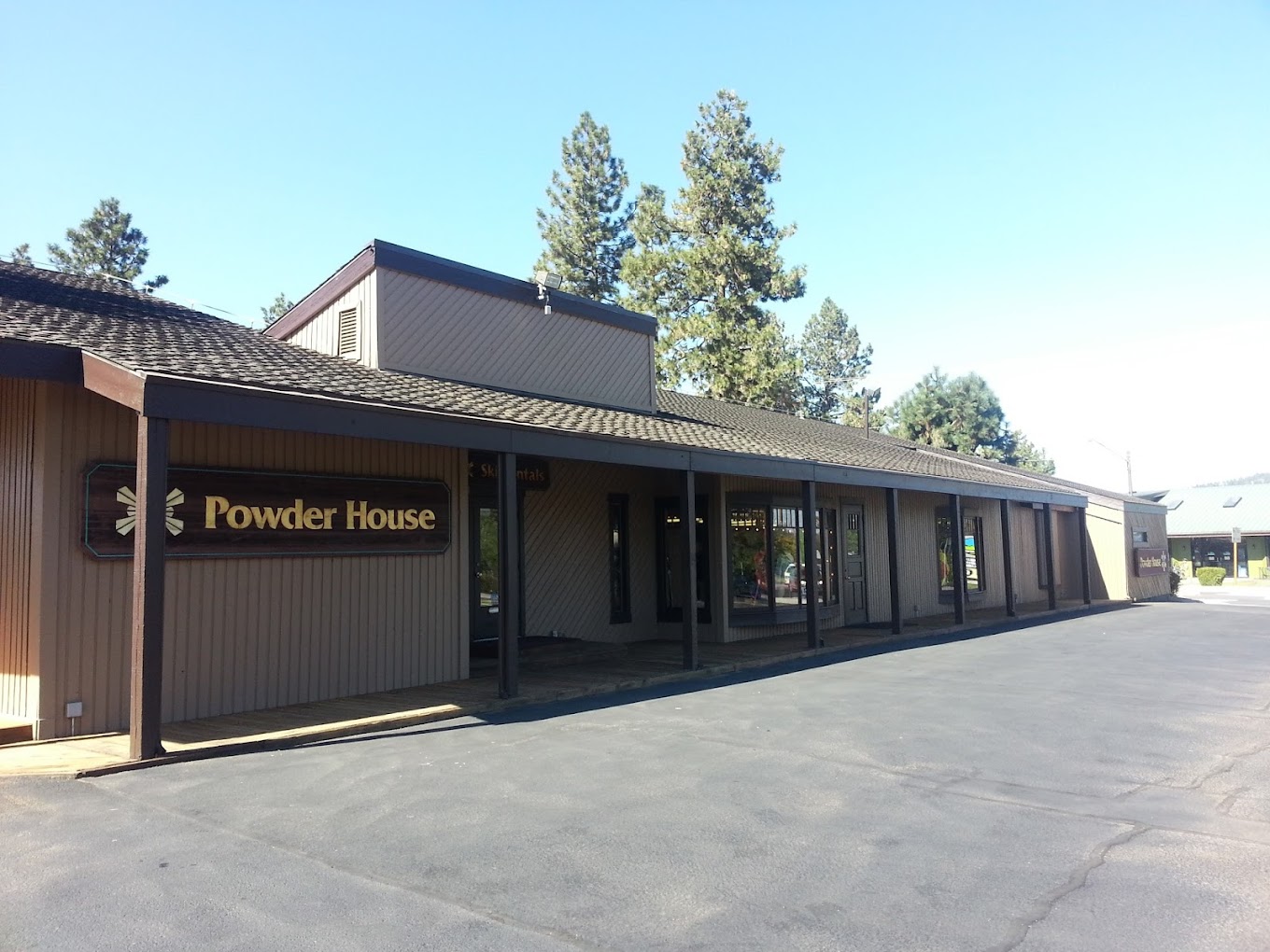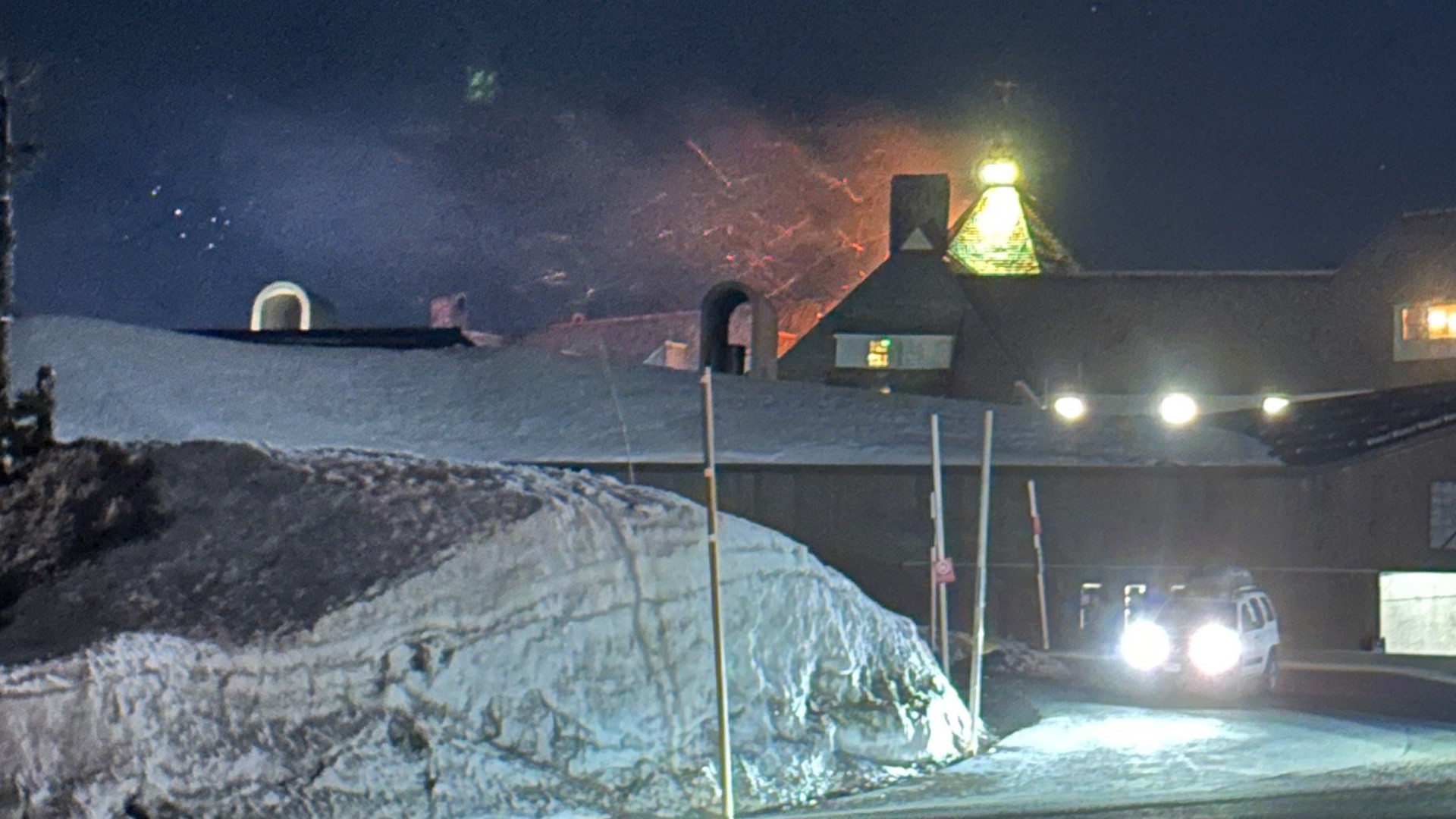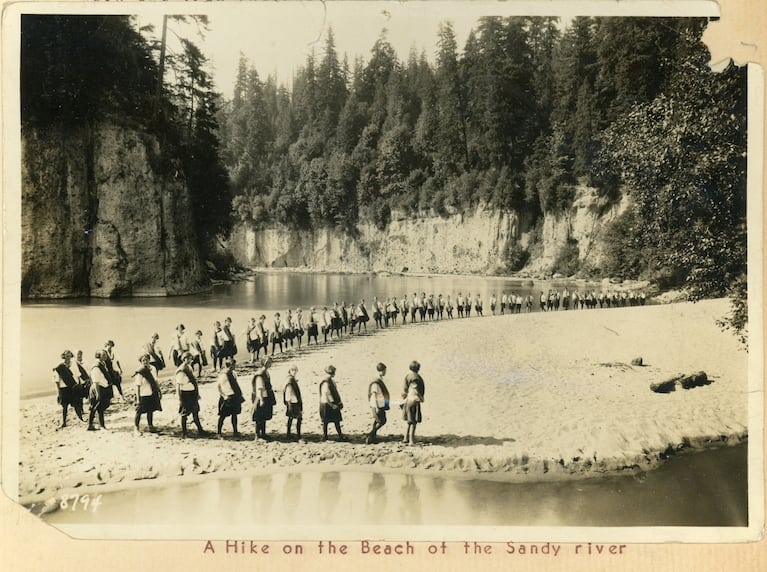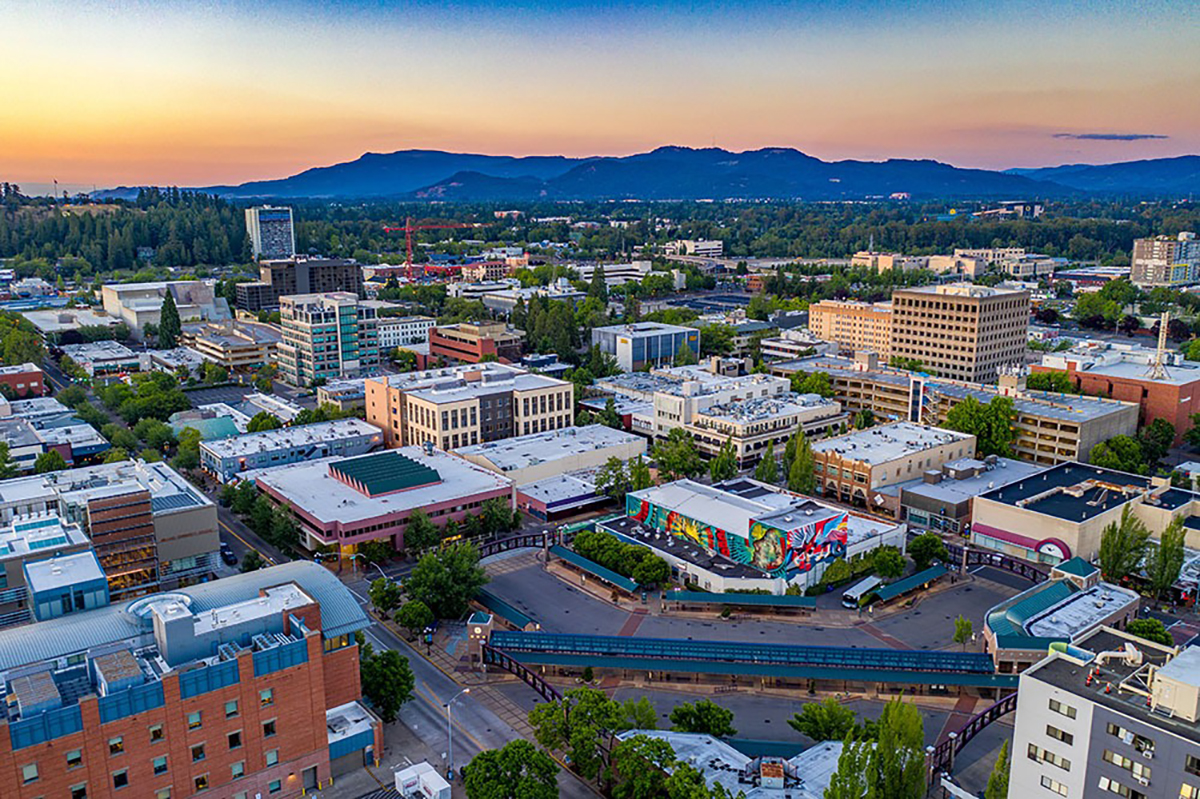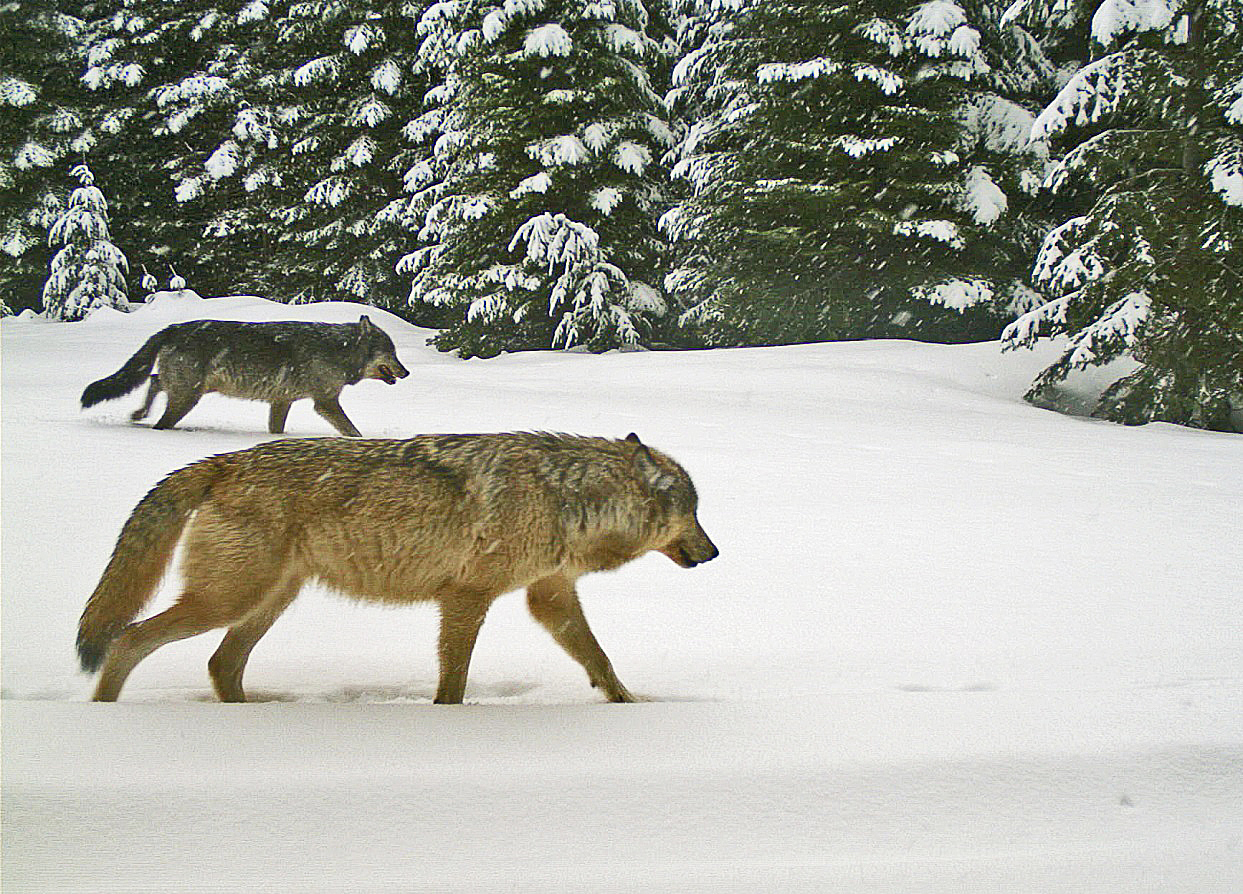In 2012, debris of all kinds began washing up on the shores of Oregon's coastline, the largest of which was a 66-foot concrete dock that made its way to Agate Beach. This was only the largest tip of the iceberg. Soccer balls, plastic bottles, wooden planks, fishing rope; 32 large bins were eventually placed on Oregon beaches for people to collect the garbage brought about by one of the largest nuclear disasters in history.
When we read the headline announcing that "Japan’s Plan To Dump Nuclear Waste Into The Pacific Ocean May Not Be Safe"...well. Read it again. This revolutionary proclamation was made by scientists. Actual real scientists. Now, we're no scientists ourselves, but it doesn't take a Ph.D. to understand that something is drastically wrong with this picture.
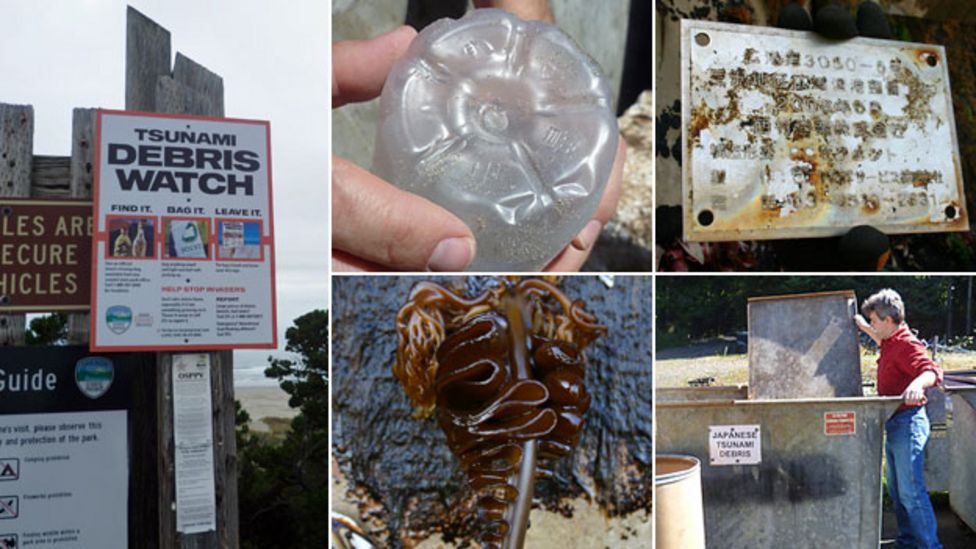
Image via / BBC / Anne-Marie Bullock / BBC Radio 4, Oregon
The Fukushima Daiichi Disaster
On the afternoon of March 11, 2011, a massive 9.1 earthquake rocked the seafloor beneath the Pacific Ocean, thrusting a landmass the size of the state of Connecticut up by 30 feet. The six-minute-long Tōhoku earthquake was centered 45 miles off the coast of Japan and triggered a tsunami of epic proportions. 133-ft. waves ravaged the coastline (and up to six miles inland), traveling at speeds of up to 435 mph. Residents of Sendai had only eight to ten minutes of warning, and more than a hundred evacuation sites were washed away.
Almost 20,000 residents lost their lives in the initial natural disaster, but mankind's inventions were about to cause horrific devastation.
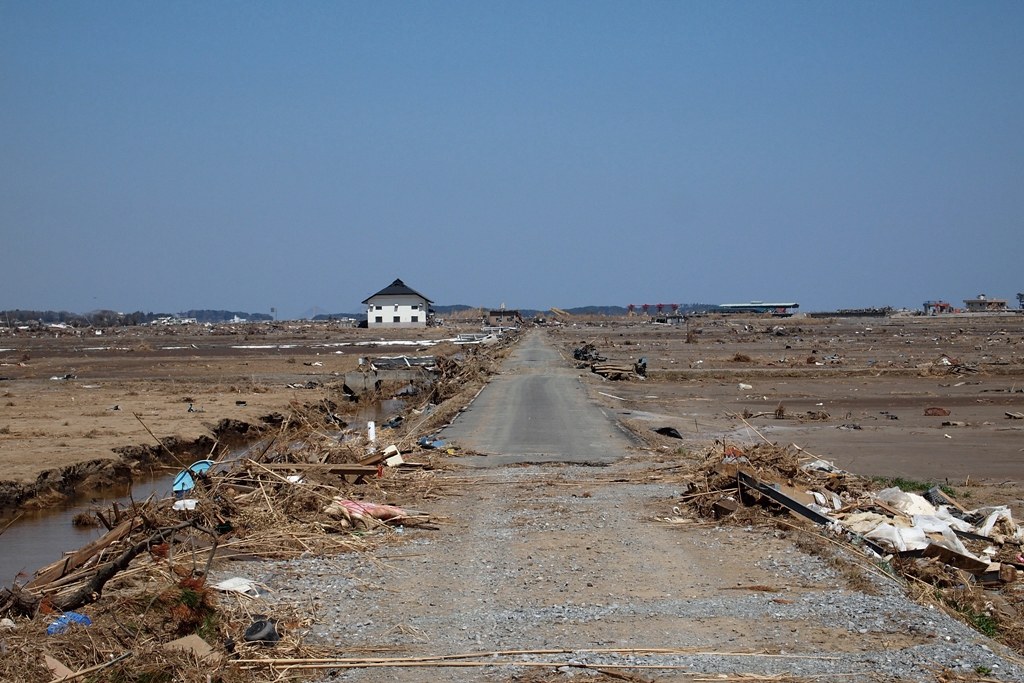
Tsunami Aftermath, Soma, Fukushima, Japan. / Image Via / Jun Teramoto / Flickr CC2
Earthquake detectors immediately shut down the reactors at the Fukushima Daiichi Nuclear Power Plant in Ōkuma, Fukushima, Japan, causing the emergency diesel generators to automatically fire up. These were critical components of crisis management at the plant, as they were necessary to keep coolant water circulating through the reactors.
When the tsunami hit it breached the concrete seawall, flooding lower parts of the reactor buildings and causing the failure of the generators. The resultant loss of reactor core cooling led to three nuclear meltdowns, three hydrogen explosions, and the release of widespread and tremendous radioactive contamination in Units 1, 2, and 3.
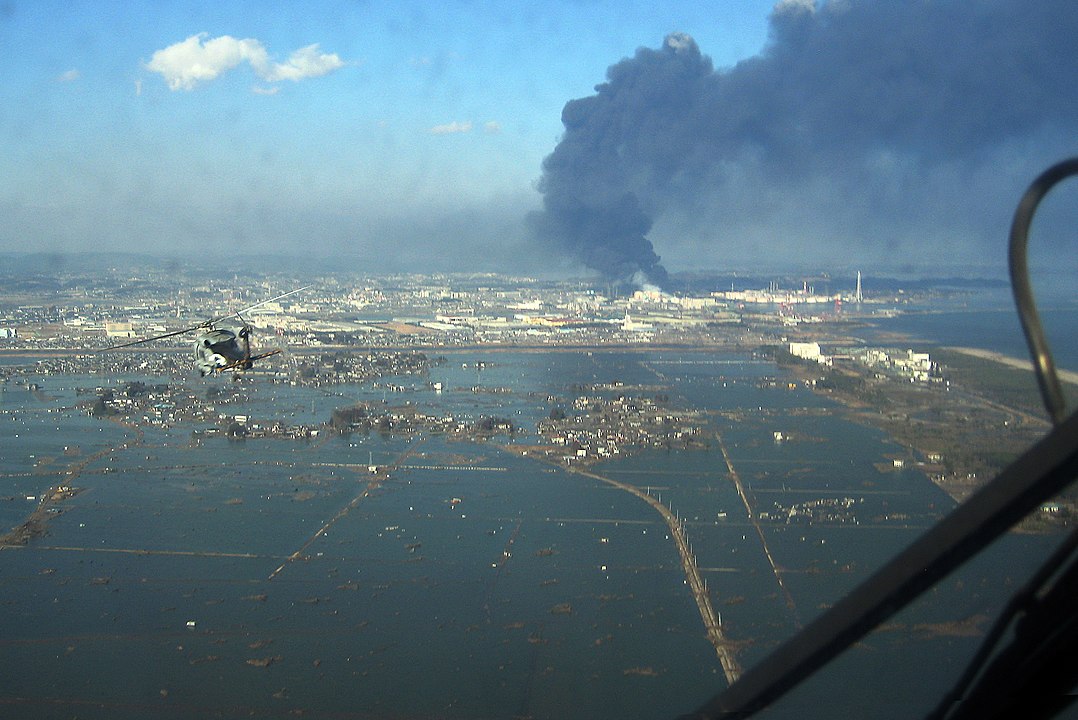
Sendai, Japan, US Navy Photo / Image via / Wikimedia Commons
Fukushima became the worst nuclear disaster since Chernobyl in 1986. Large amounts of water contaminated with radioactive isotopes were released into the Pacific Ocean during and after the disaster, and cleanup is still ongoing in 2023.
What Exactly is Nuclear Waste?
Nuclear waste is a fission by-product, highly radioactive spent uranium and plutonium fuel from power plants. In the case of Fukushima, this also includes Corium, a lava-like substance that's a toxic mishmash of nuclear fuel, fission products, control rods, structural materials from the affected parts of the reactor, products of their chemical reaction with air, water, and steam, and molten concrete from the floor of the reactor room.
1.3 million tons of contaminated reactor water has been stored at the plant since the 2011 disaster. One of the contaminants is a radioactive isotope of hydrogen known as Tritium, and this is worrisome.
So Where Does the Nuclear Waste Go?
Since the advent of nuclear fission power plants, radioactive waste has been an enormous concern. For a close-to-home example, the waste products from Oregon's now-decommissioned Trojan Nuclear Power Plant near the town of Ranier are still on-site in casks made of steel and concrete. It's still unclear whether the holding tanks would be able to withstand a major earthquake event in the Pacific Northwest.
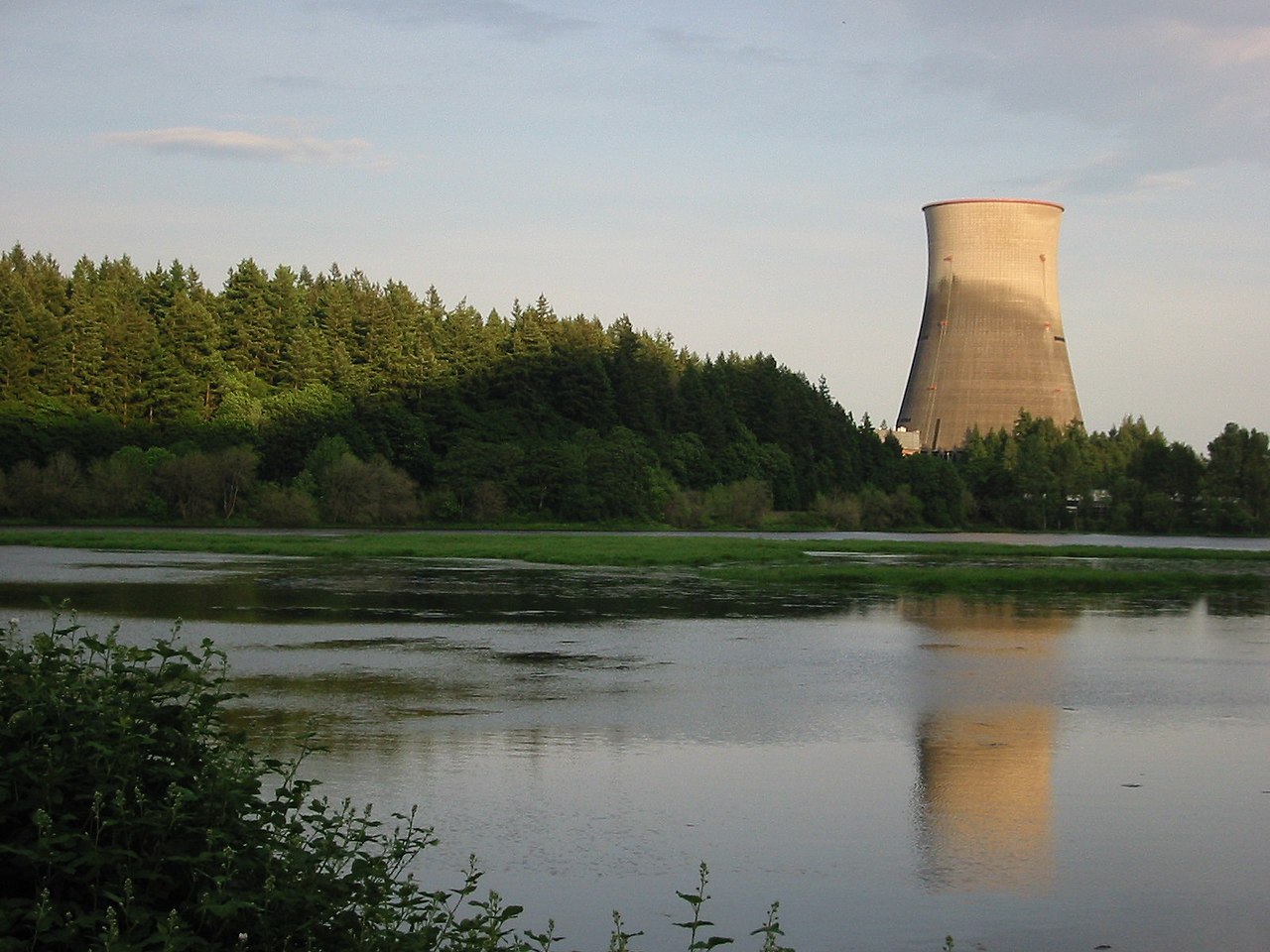
Trojan, just prior to demolition in 1992. / Image via / Wikimedia Commons / Tobin / Flickr CC2
In the case of Fukushima Daiichi, mass amounts of waste exist both in solid form and the aforementioned gallons of contaminated water.
According to Japan, "it's gotta go somewhere!" That somewhere is proposed to be the Pacific Ocean.
An Independent Panel of Scientists Has Identified Critical Gaps in the Data
According to Honolulu Civil Beat, the panel hired by the intergovernmental Pacific Islands Forum has not found conclusive evidence that the discharge [of waste water] would be entirely safe, and one marine biologist fears contamination could affect the food system. Unsurprisingly, the announcement triggered immediate concern from nations and territories in the Asia-Pacific region, and we'd argue that Pacific Coast USA folks should be equally alarmed.
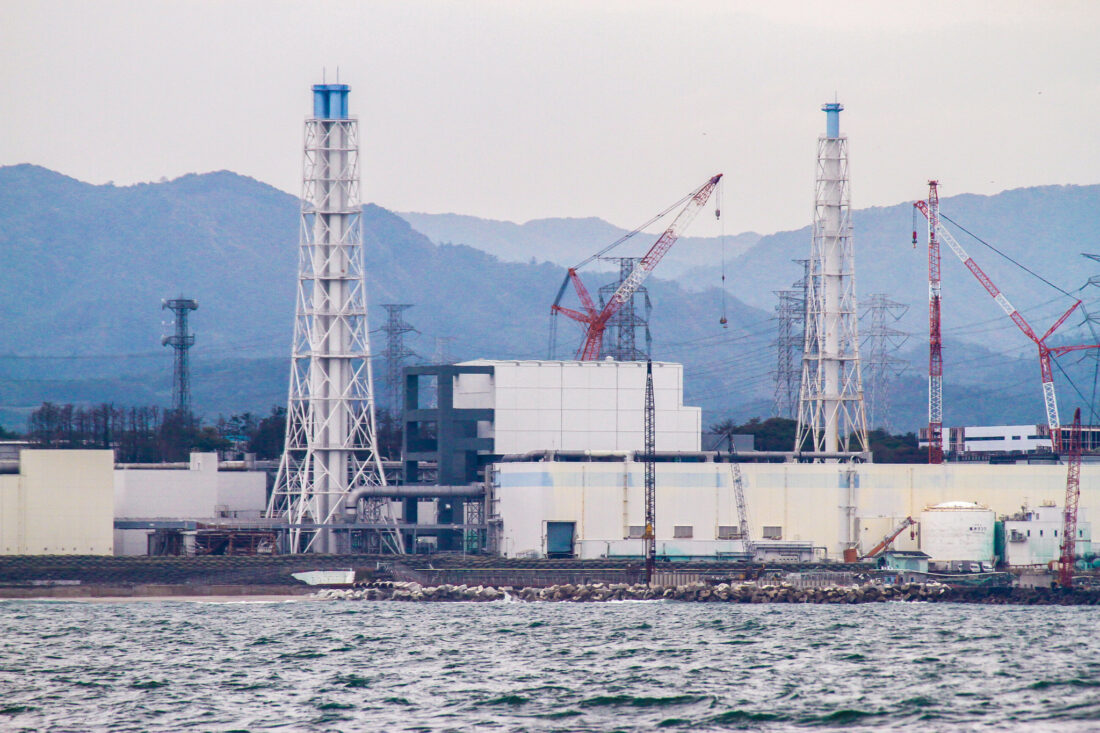
The damaged Fukushima Daiichi Nuclear Power Station as seen during a sea-water sampling boat journey, 7 November 2013. IAEA marine monitoring experts were sent to Japan to observe seawater sampling and data analysis. / Image Via / IAEA Imagebank / Flickr CC2
Japan is banking on the fact that the wastewater has been treated with “advanced liquid processing system technology", which removes radioactive materials from contaminated water. However, as pointed out on Wikipedia, "the water is being treated by a purification system that can remove radionuclides, EXCEPT (emphasis added) tritium, to a level that Japanese regulations allow to be discharged to the sea.
Again. We're not scientists, but Robert Richmond is. In fact, he's the director of the University of Hawaii Kewalo Marine Laboratory, and he has serious concerns.
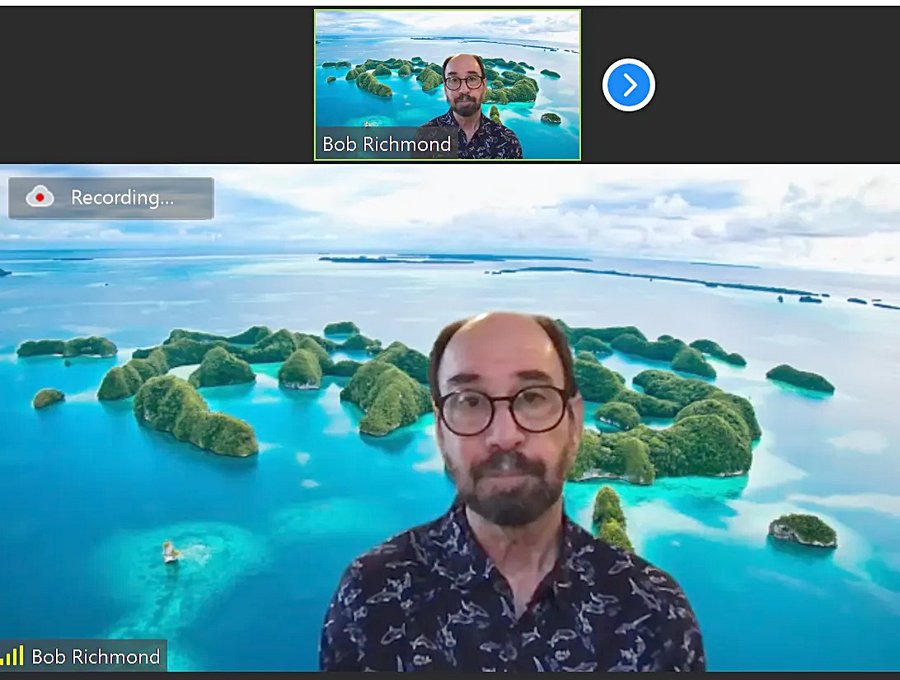
Robert Richmond / Image Via / Pacific News Service
“If the ocean were a sterile glass vessel, that would be one thing,” Richmond said. “But it’s not, you know, there’s lots of biology involved.”
That biology begins in the dregs of the food chain: Phytoplankton. The sustenance of whales, but also mollusks and small fish, which in turn are consumed by larger fish, and eventually by us.
“Things like mercury in fish are now of an international concern. Radionuclides will be the same,” Richmond stated.
In fact, a panel of five experts implicitly stated last year that Fukushima wastewater [is] not ready for [the projected] 2023 release.
According to Pacific News Network, Japan is actually using the excuse that "lack of space" at the Fukushima facility is "forcing" their decision to begin the dumping of the treated water into the Pacific.
That's right folks. You can't make this stuff up.
Widespread Concern, Not Just Among Environmentalists
I mean, we're just humble bloggers over here, but we're concerned. So are fishermen, coastal communities, and Pacific Islanders. They already saw what happened when the US conducted nuclear bomb testing in their oceans. When you consider that it only took about a year for Fukushima debris to cross 5,000 miles of ocean to reach the Oregon coast, well. In my opinion, you should be concerned and outraged too.
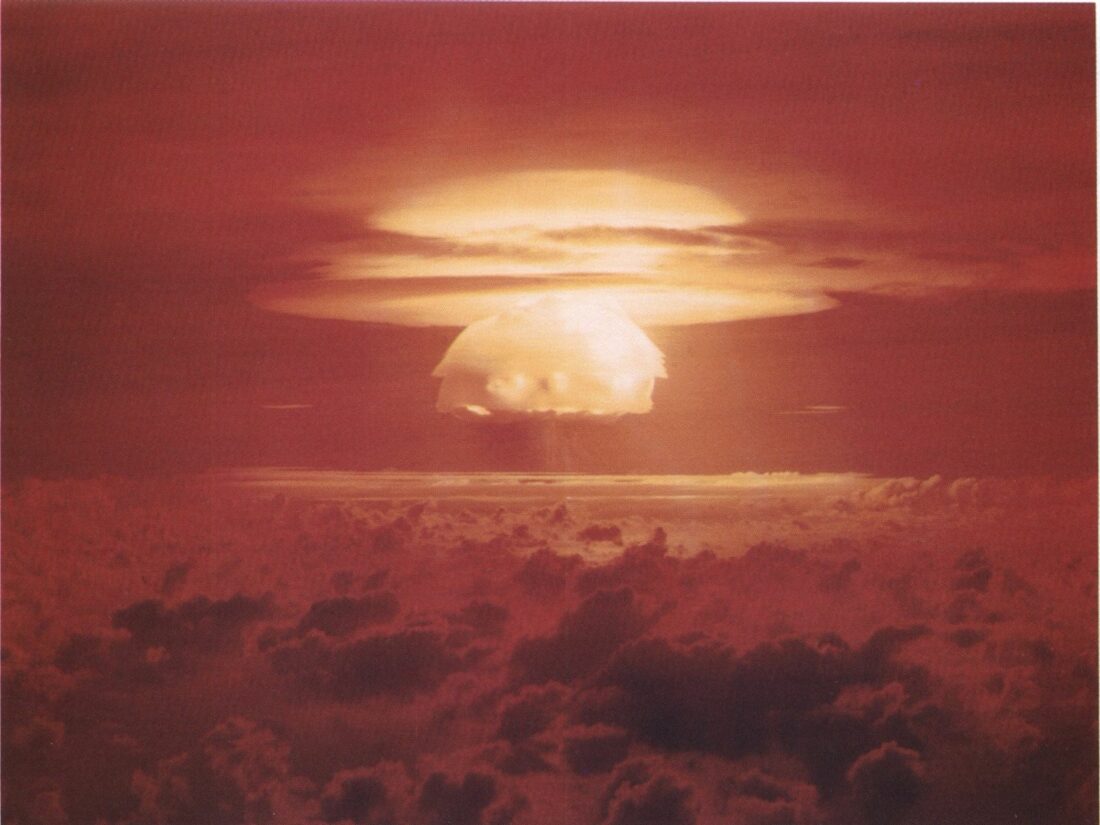
Castle Bravo Nuclear Test, Bikini Atoll, Pacific Ocean, March 1, 1954 / Image via / Wikimedia Commons
On the flip side, the World Nuclear Association asserts that "Since the dawn of the civil nuclear power industry, nuclear waste has never caused harm to people. The popular misconception is that because certain parts of nuclear waste remain radioactive for billions of years, then the threat must be sustained for that period. However, this is not the case. Whilst remaining weakly radioactive for a few hundred thousand years, the radioactivity from the main component of the waste which could cause health problems will have decayed to safe levels within a few hundred years".
Well, that certainly makes us feel better [insert heavy sarcasm here].
Rep. Sheila Babauta of the Commonwealth of Northern Mariana Islands introduced [and passed] a resolution to CNMI’s House of Representatives opposing any nuclear testing, storage, or waste disposal in the Pacific Ocean. Babauta, like many, the Honolulu Civil Beat states, is distrustful (and rightly so) due to U.S nuclear testing in the Republic of Marshall Islands following World War II, and British testing in Kiribati in French Polynesia, which had flow-on effects to the environment and long term health of Pacific people.
Is it Safe For Japan to Dump Fukushima Waste Into the Pacific Ocean?
That's for you to decide.
“The decision we might make today, like the releases of Fukushima water might be expedient. And it might be cheaper now, but it could have a long-term cost for generations to come. And that’s another thing that we’re very sensitive to, especially in the Pacific Islands– the responsibility to look after the needs of our children, our grandchildren, and generations after that,” --Robert Richmond

